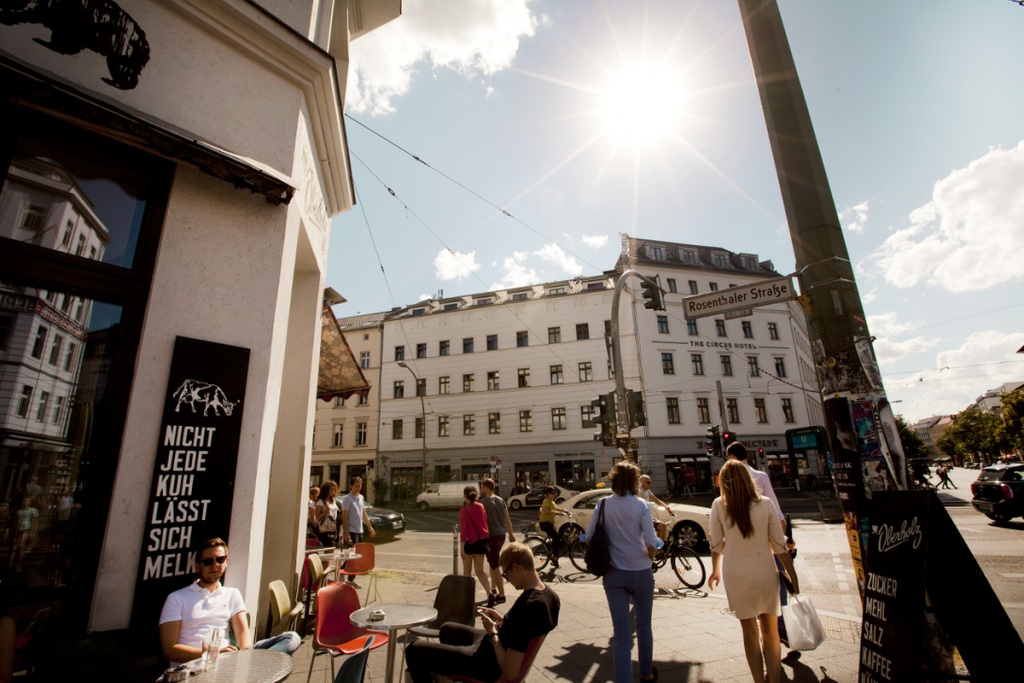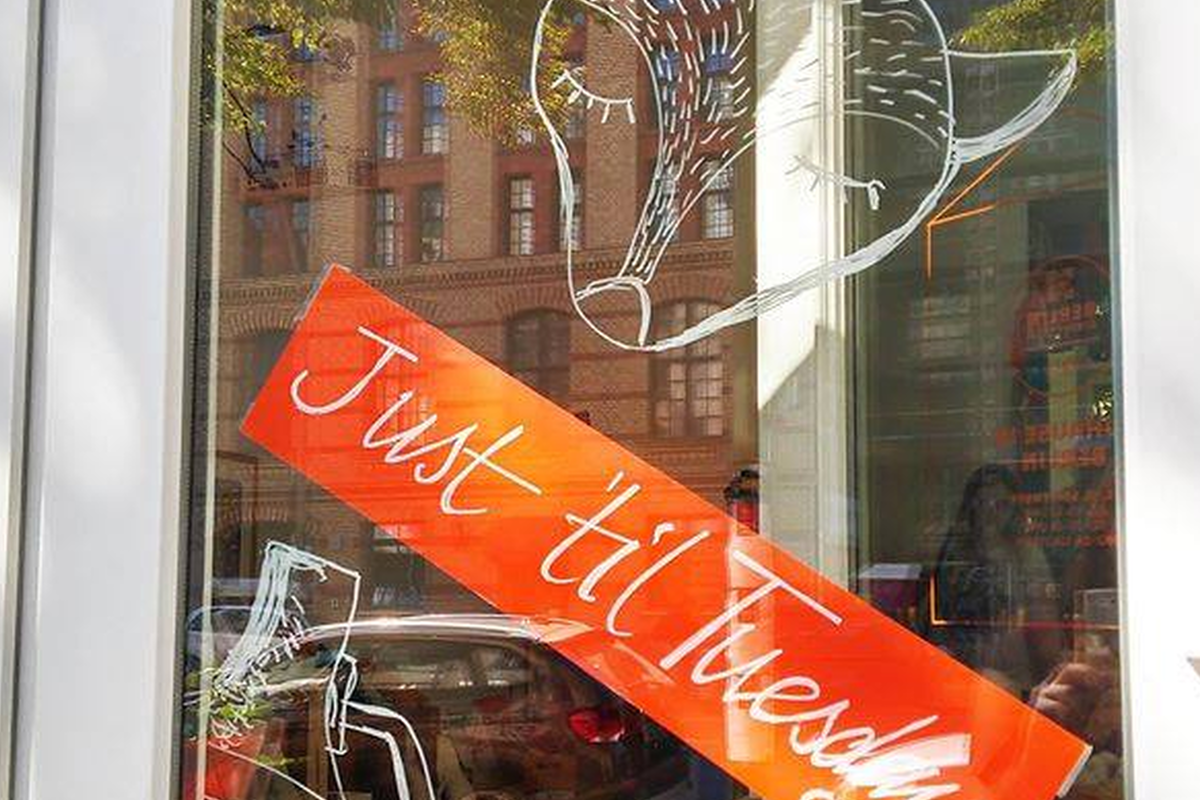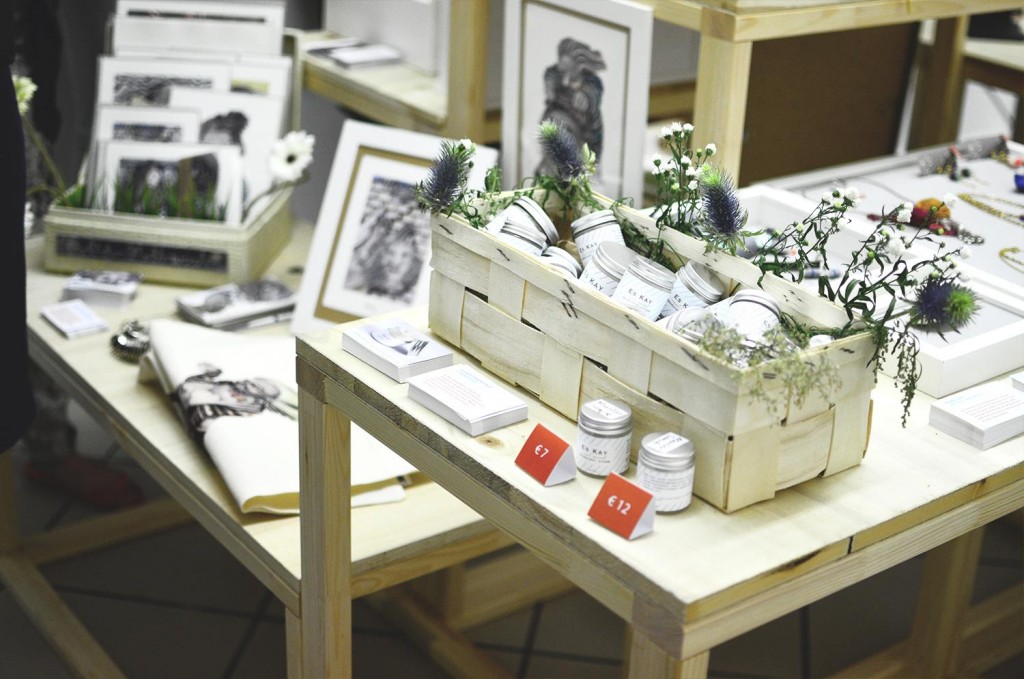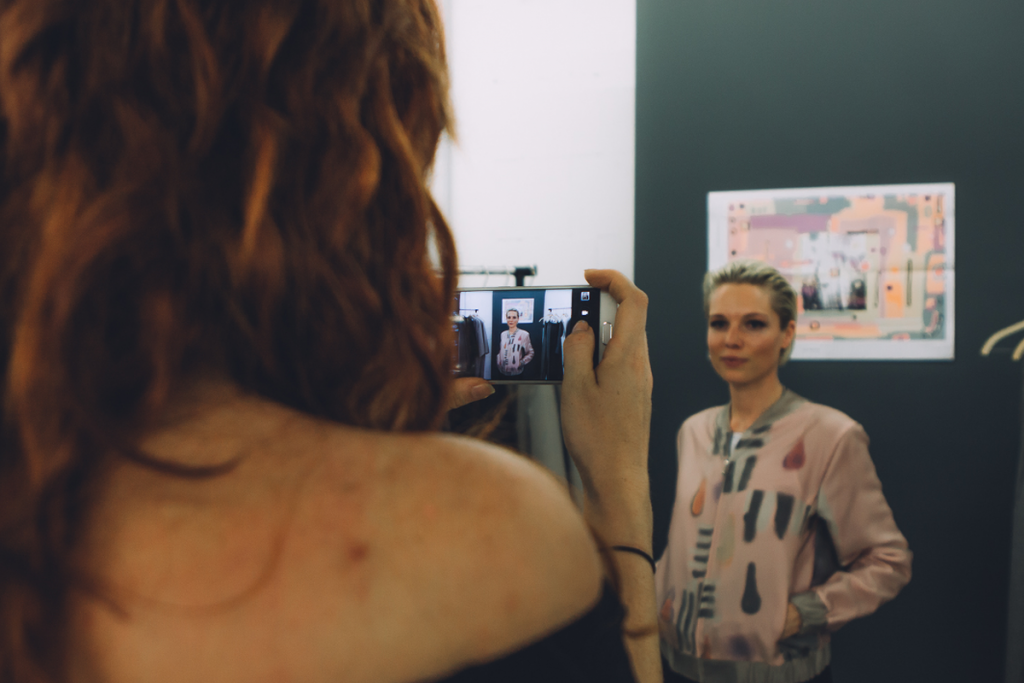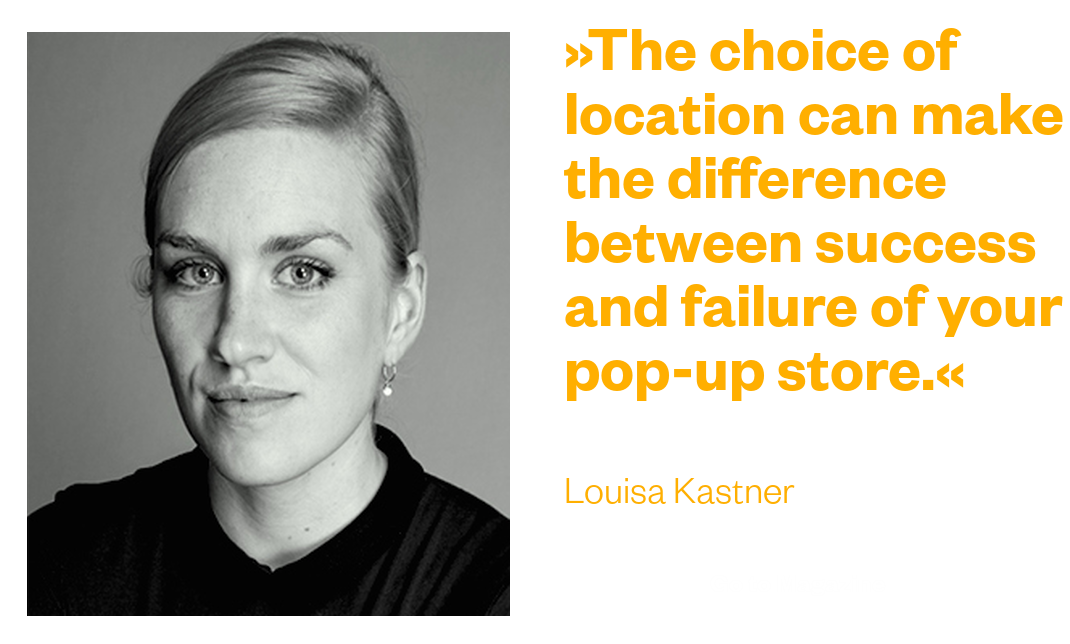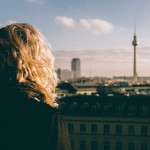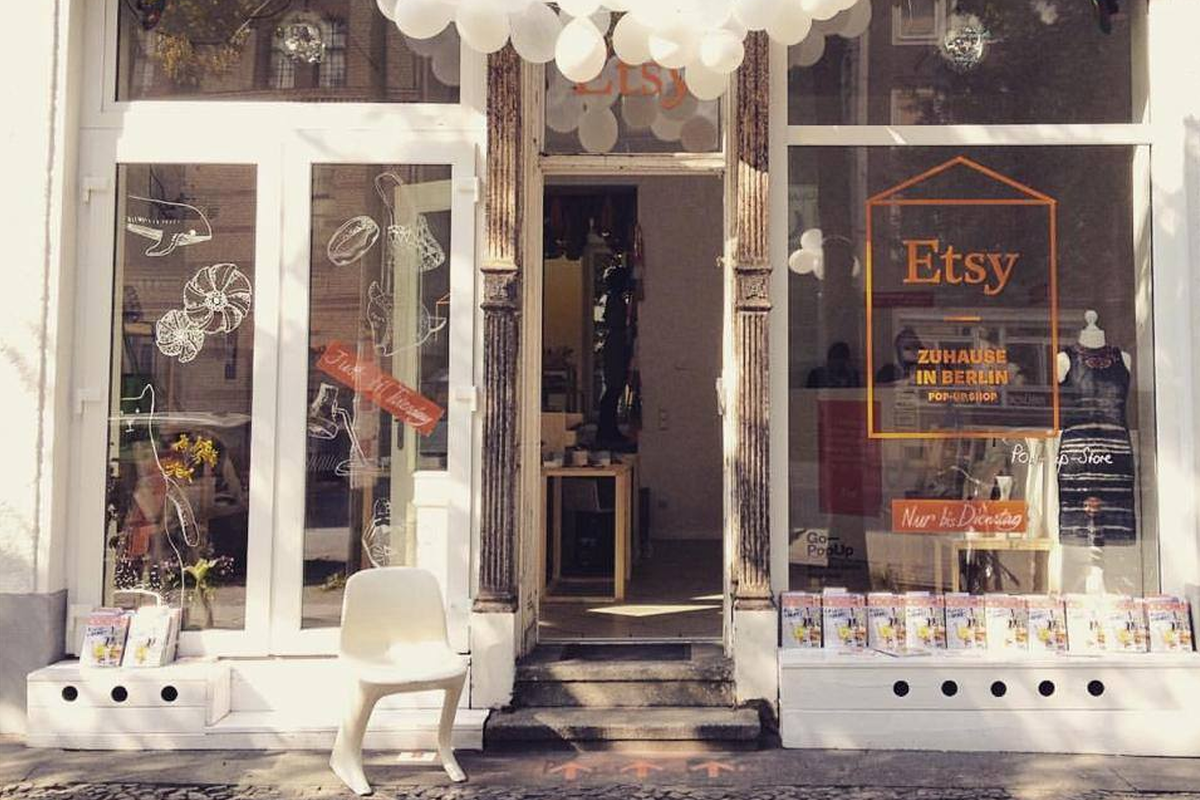
How To Guide: Make Your Pop-Up Stand Out Of The Crowd
While, in the first decade of the new millennium, pop-up stores had represented a vanguard communication tool within the fashion and lifestyle industries that was only known to a quite exclusive circle of artsy people, opinion leaders, influencers and so-called lead customers, this ephemeral or “finite” retail format has, since then, turned into a marketing and distribution practice which is widely and repeatedly adopted by countless companies and brands across industries as diverse as luxury (e.g. Chanel), consumer electronics (e.g. Apple), automotive (e.g. Opel), cosmetics (e.g. L’Oréal) and household products (e.g. Dyson). Yet, to the extent that pop-up stores have become a constituent part of the cityscape and hence a phenomenon that the consumer has largely got used to, the original strength of the pop-up concept which relies on its newness factor, exclusiveness and limited availability risks to slowly but surely wear out. Against this backdrop, the issue of taking into account empirically proven success factors during the planning stage becomes even more pivotal in order to ensure that your pop-up store stands out of the (pop-up store) crowd, gains – during its limited life span – as much attention and visibility as possible and fully develops its communicative potential towards your desired target group. (Photo © Carolina Búzio)
1. Location is still key
The choice of location can make the difference between success and failure of your pop-up store. While pioneer brands such as Comme des Garçons and Nike, which were the first to embrace the pop-up idea, showed up at venues that, at that time, had been completely unknown or even abandoned such as closed production sites or deserted backyards, today, there is a tendency to appear at the ever same inner-city locations and places. In this way, the success potential of the location is dangerously underestimated since brands communicate – via the selection of the venue – their understanding of the zeitgeist, their insight into the latest trends as well as their courage to embark on new paths and to think outside the famous box. Put differently, the more unique your location is and the less your competitors have previously been associated to it, the more your location will appeal to the usually difficult-to-reach opinion leaders and trend-setters, will generate a substantial “moment of surprise” and thus attention among your target group and will be strongly related to your brand even long after the pop-up store took place.
2. Create disruption via your store design
Due to globally applicable visual identity guidelines, brands’ permanent (flagship) stores are usually characterized by identical interior designs, similar shop layouts and uniform window décors. Albeit ensuring brand recognition, companies thereby risk to no longer actively evoke their consumers’ awareness when the latter enter one of the brand’s regular points of sale. Pop-up stores should actively build on this visual monotony by creating a striking, if not even sensually disruptive counterpoint via a store design that underlines both their temporary nature and provisional character. This can be achieved through, for instance, unconventional product carriers and improvised window displays such as packing cases or wooden pallets or through the use of flashy colours and slightly disturbing features such as barley illuminated areas. In this way, you effectively convey to your potential customer the very limited possibility for a visit of, and consequently the urgency to promptly come by your soon-to-be-gone pop-up store. That means that, in order to enlarge the PR impact of, and to add an emotional charge to your pop-up store, you should try – in your pop-up store – to perform both a deliberate and stark breach with the visual identity that is commonly learned thanks to, and persistently communicated within your brand’s traditional distribution outlets. You hereby prove that you are bold enough to try out new things – instead of anxiously remaining faithful to what you have achieved.
Photo by Lera Nicoletti www.zianicoletti.wix.com/
3. Build relevance through your product range
The shopping landscape is today defined by transparency (thanks to international online retailers that allow for price comparisons for one and the same product across borders), seemingly unlimited availability (thanks to online stores that offer 24/7 shopping opportunities) and ever more sensual online shopping experiences (thanks to enhanced tools for virtual merchandising and product presentation). All of these features constitute a significant threat to the stationary trade, which is also discussed under the term “brick-and-mortar” retailing and which pop-up stores, due to their physical appearance, form part of. Yet, if done properly, the omnipresence of, and pervasive access to products are exactly what pop-up stores should take advantage of: By creating “limited editions“, that is products, which are limited in supply and only available for purchase at selected points of sale during a restricted period of time, companies make their product offering resonate with the constituent temporality of pop-up stores. Through highly desirable products that are exclusively available at your specific pop-up store, you do not only entice your potential customer to urgently drop by your pop-up store as long as it is still there, but you even offer products that are, due to their extreme limitation, almost comparable to arty collectors’ items.
Photo by Ina Do
4. Keep the social currency of your pop-up store high
In today’s world where the millennial customer seems to be perfectly informed about anything hip going on in his peer group, knowing or even better experiencing something special before others do is evidence that you belong to the real inner circle. In this way, well-implemented pop-up stores are able to increase their visitors’ social value – which is also referred to as “social currency” – thanks to the unique, exclusive and hence not arbitrarily reproducible experiences that these customers have made during their visit to your pop-up store. But what does it actually take to effectively generate social currency? You first need to ensure that all relevant local opinion leaders, influencers and lead customers are not only well aware of your pop-up store taking place, but that these socially highly relevant individuals also actively talk of, and thus further promote your pop-up store in their select and often high-net-worth networks. Running viral or guerrilla marketing campaigns can additionally leverage this communicative mechanism. Successfully generated reference group effects can therefore be understood as the direct consequence of an effective communications campaign that has managed to position your pop-up store in the public perception as the talk of the town. Second, publicly purchasing and conspicuously consuming extraordinary, rare and ideally greatly anticipated products via social media channels such as Facebook, Instagram or Snapchat might massively upgrade your visitor’s social status. In short, running edgy viral campaigns (also: word-of-mouth or network marketing) ahead of your store opening and launching extremely limited edition products (see also 3.) will enhance the social appeal of your pop-up store and will accordingly further nurture your visitors’ social attractiveness towards their peers.
You can find out about the author’s complete success factor model for pop-up stores here..
About Louisa
Louisa currently works as Head of Culture and Communication at the boutique consultancy Cc, which is specialised in consulting global players such as Bayer Healthcare, Converse or Mini on the implications of the interdisciplinary merger of art, culture and commerce for large-scale brand strategies.
Prior to that, she worked at IMG Fashion in Berlin and the Stuttgart-based brand-retail consultancy Liganova where she produced integrated window campaigns for luxury clients such as Cartier and Roger Dubuis as well as high-end fashion events such as the Métiers d’Art show Paris-Salzburg 2014/2015 for Chanel.
Louisa holds a Franco-German double Master’s degree from the Berlin School of Economics and Law and the École Supérieure du Commerce Extérieur Paris in International Management with a double major in International Marketing Strategy and Global Strategic Management.
In addition to numerous academic lectures on the success potential of pop-up stores and types of collaboration between luxury brands and the arts, Louisa has published a series of articles and books on these topics.
Where to find us


